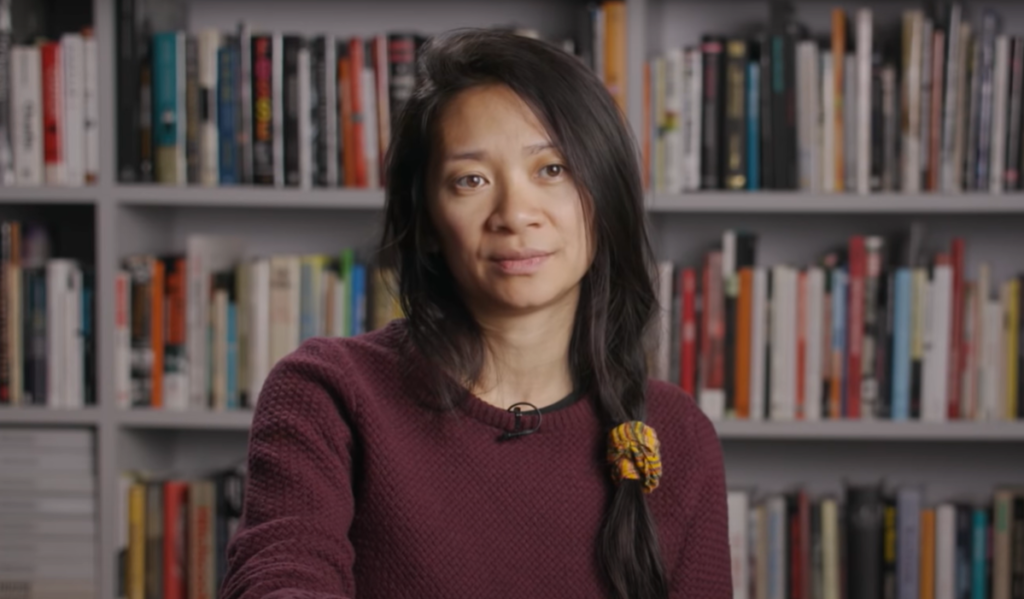The 69th annual Berlinale begins today and, while the fest will not officially sign the Gender Parity Pledge until Saturday, it’s already stepping up its transparency efforts. The Berlin International Film Festival is self-reporting the gender stats of this year’s edition with a new study, The Hollywood Reporter has confirmed. The report expands upon Berlinale’s previous annual gender evaluation, now considering the number of women, men, and non-binary individuals in direction, production, screenwriting, cinematography, and editing.
The festival collected its data via film registration information as well as film teams’ self-disclosure. The study analyzes the gender distribution per film, or in other words, the percentage of women, men, and non-binary individuals on a given team. If a film was helmed exclusively by women, its direction is 100 percent female. If a film was directed by one woman and one man, the direction is 50 percent female.
Four hundred films are screening at Berlinale this year from 429 directors. Forty-five percent, or 191, are women, 52 percent (225) are men, and three percent (13) did not disclose gender information.
The fest will play 265 current films (i.e. non-retrospective titles) this year. Thirty-seven percent (98) were directed exclusively by women, 55.1 percent were helmed only or predominantly by men, and 3.4 percent (9) were directed by 5o/5o gender-split teams. One film has no director and 11 others (4.5 percent) didn’t report gender info. Overall, direction was the filmmaking discipline in which women were best represented.
Berlinale received voluntary self-disclosure data on 227 of its 265 current titles. From those responses, the study found that 32.6 percent of production teams were predominantly female, 38.7 percent were predominantly male, 26.5 percent were gender equal, and 2.2 percent offered no info. Nearly 34 percent of screenwriting teams were mostly women, 44.9 percent mostly men, 1.3 percent non-binary, 9.7 percent gender equal, and 10.2 percent didn’t report relevant info. Cinematography featured the widest gender gap: 18.5 percent were female, 67.8 percent male, 0.9 percent non-binary, 5.3 percent gender equal, and 7.5 percent no information. As for editors, 36.1 percent were female, 49.8 percent male, 0.4 percent non-binary, 9.7 percent gender equal, and four percent offered no info.
Like most major film fests, Berlinale still has a way to go in terms of gender representation. However, its willingness to be open and honest about its stats — and its commitment to the Pledge — suggests the fest is serious about being more inclusive.
Other study highlights are below. The full report is available here. Berlinale runs through February 17.
- The Proportion of films made by female directors is higher for the program than for submissions (37.1% to 32.9%).
- In all of the examined professions and disciplines, the most frequent team make-up is exclusively or majority male.
- Cinematography is the discipline with the lowest female representation (19%), while direction exhibits the highest rate of female involvement (37.1%).
- For approx. 50% of the films, both the direction and production within the film team is either exclusively male or exclusively female.
- The non-binary gender was selected in some cases when it was available. However, non-binary persons are often not predominant in a discipline and are as such rarely reflected in the statistics.
- Berlinale Co-Production Market: significantly more submitted projects have earmarked their directorial positions for male directors exclusively, the ratio is significantly more balanced for the selected projects. The same can be observed for “Co-Pro Series” and the “Berlinale Talent Project Market.”
- Berlinale Talents: two disciplines stick out due to their high number of applicants and the comparably high number of participants: direction and production. For direction, the selection process has a balancing effect on gender distribution. In production, the selected female producers form even more of a majority than among the applicants.







